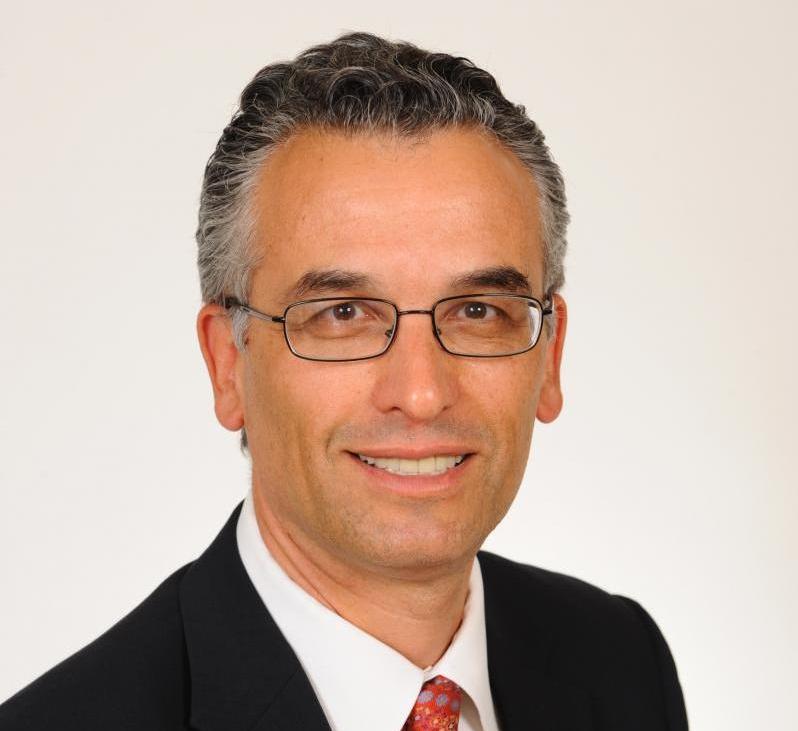Dr. William Winkenwerder Jr., FEL’86, WG’86, the former CEO of Highmark Health, knows the long history of the health care industry and has been on both sides of the business—providing care and paying for it. In his long-term view, current major changes occurring in the business aren’t necessarily new. They didn’t appear simply because of the Affordable Care Act (ACA), particularly the blurring of lines between health care providers and insurance companies. Insurers getting into managing care and hospitals getting into underwriting risk, Winkenwerder said, can be tied to Prudential’s efforts in health care, when managed care networks first sprang up in the late 1970s and 1980s to tame medical cost inflation. There’s Kaiser Permanente, which has blended payment and hospital systems since its current manifestation was born in the Great Depression. And conversely, regional health care systems have been known to get into plan funding as well.

Dr. William Winkenwerder Jr., FEL’86, WG’86
Winkenwerder notices a difference today in how the blurring of roles is playing out, however. In fact, there’s a big difference in the scale and the imperative. There’s a sense among all health care industry players that the game is fundamentally changing, and it’s not going back to the way it was, he said. Costs have reached a tipping point, he said. The rise of high-deductible health plans has also played a role (and by association, the ACA, as the most successful plans on ACA-related insurance exchanges are high deductible, according to Winkenwerder).
And the rise of the exchanges themselves signals a shift from health care as a group insurance benefit provided for by employers to an investment in health paid for by the individual. As many as half of individuals in the U.S. will soon be getting coverage through public and private exchanges, estimated Dr. Aran Ron, C’79, M’83, chief medical officer of Oscar Insurance Corp.

Dr. Aran Ron, C’79, M’83
Oscar, a startup insurance company, is riding this trend of individualism, or consumerism, by providing insurance products with a focus on convenience. Through the simplicity of the explanations of benefits to the technology they provide customers, higher engagement levels promise changes in health care utilization.
“Once you engage people you can potentially manage their care in a different way … and ultimately bend the cost care (curve),” Ron said.
Engagement with customers—and the resulting data on customer utilization patterns—will be, in effect, what provides insurance companies with value in this new world where half of all provider systems are planning to underwrite their care in some way, Ron pointed out. Insurers do not have to get phased out if they provide hospitals, doctors and customers with data and information on costs.
Tying it all together, perhaps, is the U.S. health care industry’s move toward risk-based payments—in other words, paying doctors and hospitals based on outcomes, rather than paying for services rendered. This transition, abetted by the ACA, is tough, Winkenwerder said. It involves cutting people out of the income pie as less spending naturally leads to less revenue).
“Somebody’s ox is going to get gored,” as Winkenwerder put it.
Despite such analogies, Winkenwerder and Ron participated in the positive atmosphere that was the 2014 Annual Wharton Alumni Healthcare Conference, organized on campus by the Wharton Healthcare Management Alumni Association in late October. They spoke as panelists in the “Blurred Lines: The New Payer-Provider Landscape” session.

























